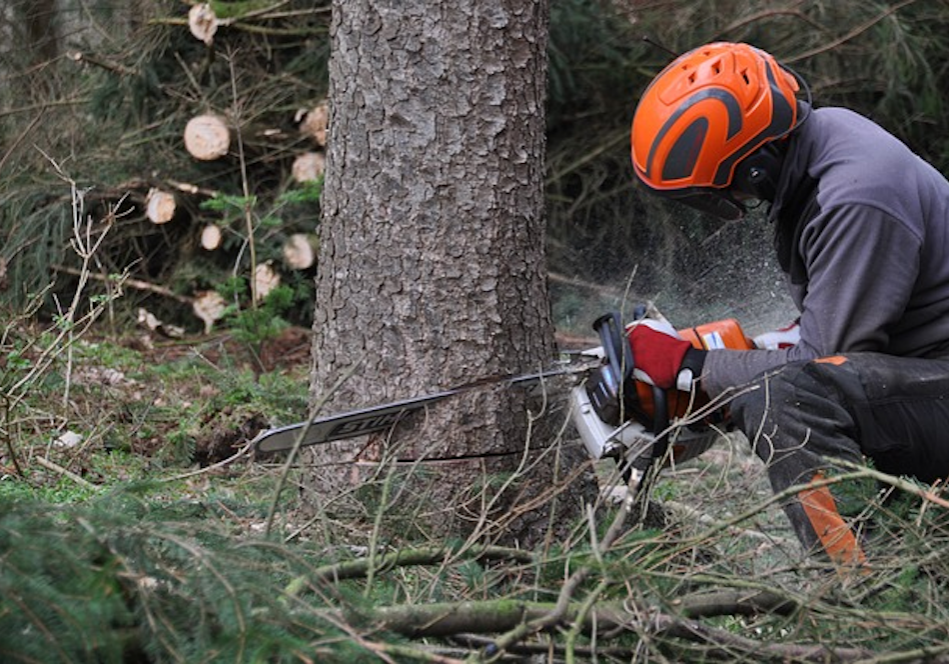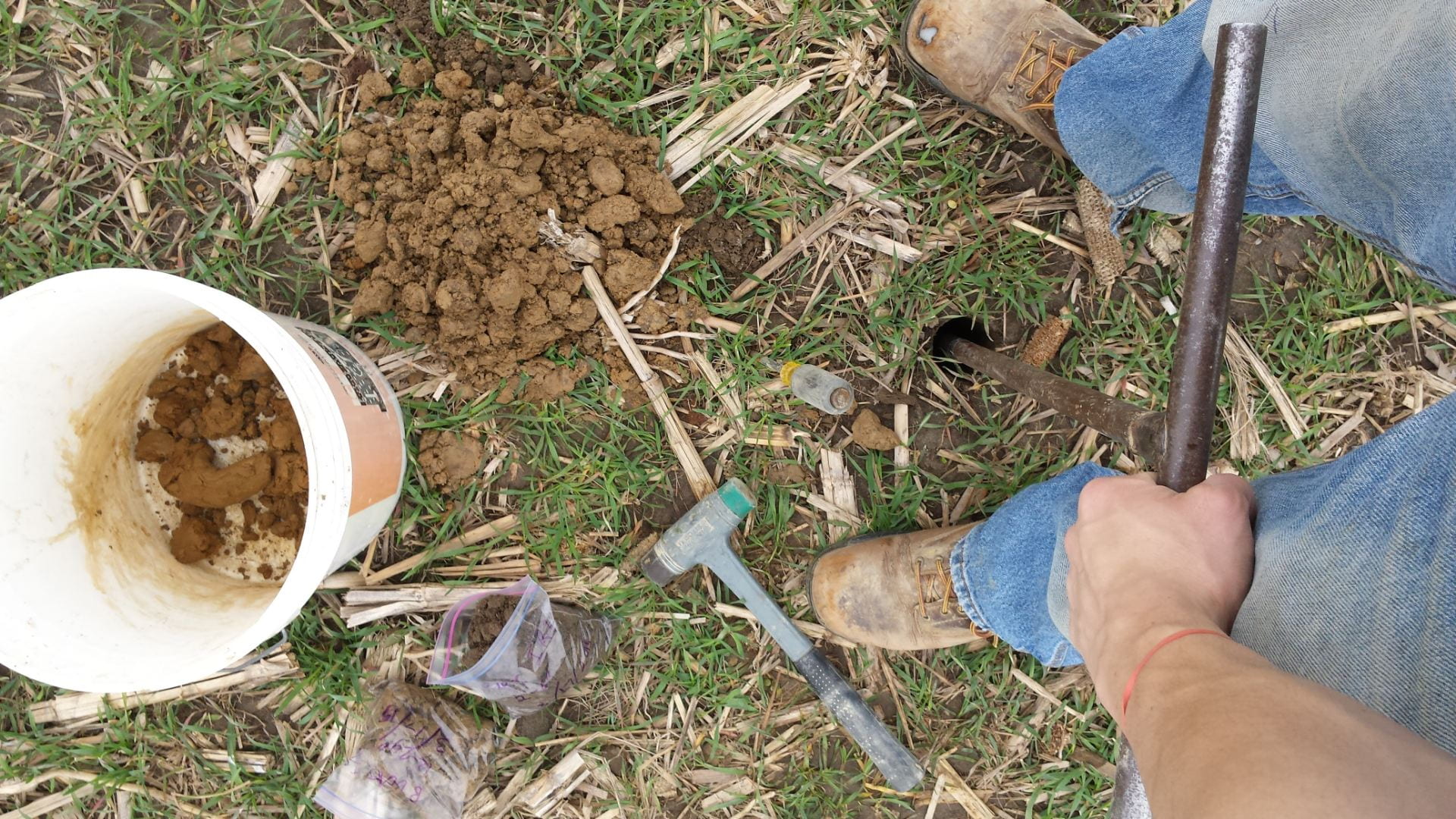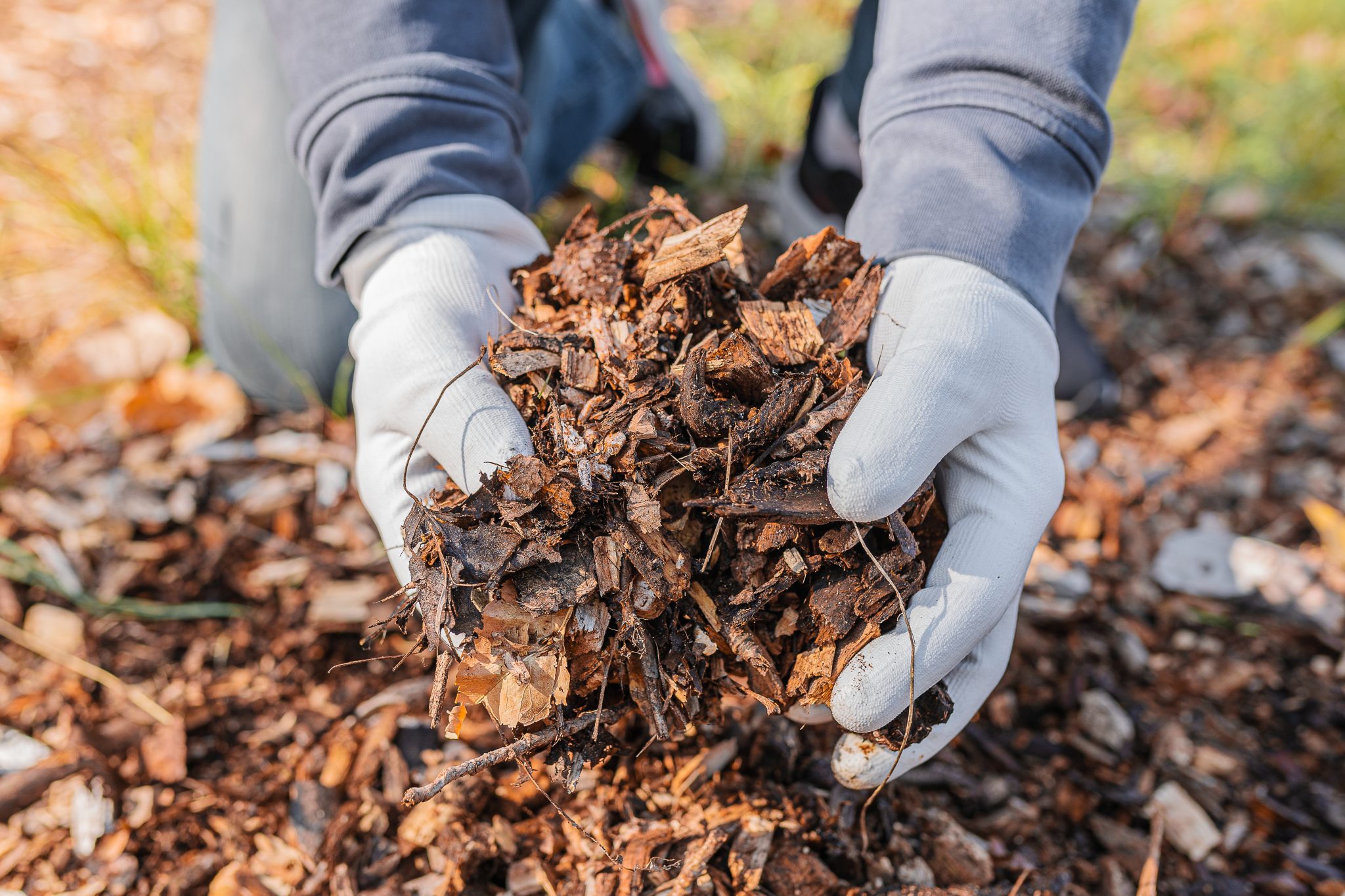Tree maintenance is not just a practice but an art that blends understanding, patience, and the right set of tools. Robust, healthy trees are not a product of mere chance but of meticulous care and regular attention. The role of essential tools in successful arbor care cannot be overstated. These instruments serve as the bridge between knowledge and action, enabling us to apply our arboricultural understanding effectively. From pruning shears that make the perfect cut to soil testers that reveal the secrets beneath the surface, each tool in an arborist’s toolkit plays a pivotal role in nurturing the majestic natural sculptures that grace our landscapes.
Pruning Tools

Source: arborgold.com
Pruning is a cornerstone of tree maintenance, crucial for promoting healthy growth and maintaining structural integrity. The market offers a plethora of pruning tools, each designed for specific tasks. Hand pruners are perfect for small branches, while loppers handle thicker branches, and saws tackle the largest limbs. The key is to choose tools that match the specific needs of your trees and the scope of your maintenance tasks. Properly selected and used, these tools ensure clean cuts that heal quickly, reducing the risk of disease and promoting a strong, well-structured tree.
Tree Inspection Equipment
Regular inspection is the heartbeat of proactive tree care. Essential equipment for inspecting tree health includes binoculars for upper branch inspection, a sounding hammer for detecting internal decay, and a resistograph for assessing wood density and integrity. These tools help arborists spot potential problems early, from pest infestations to structural weaknesses. Regular tree inspections are vital in preempting issues, ensuring that minor concerns don’t evolve into major hazards. They provide a clear picture of a tree’s health, guiding targeted interventions that support robust growth and longevity.
Access Platforms
For more extensive tree maintenance tasks, especially in taller trees, access platforms are indispensable. These platforms, which include cherry pickers and elevated work platforms, provide safe and efficient access to higher branches, eliminating the risks associated with climbing. They are particularly useful for tasks such as crown thinning, deadwood removal, or installing cables and braces. Access platforms ensure that arborists can work at height with stability and reach, minimizing physical strain and maximizing precision in pruning or treatment application. Incorporating an access platform into tree maintenance routines underscores a commitment to safety, efficiency, and the utmost care for tree health. If you don’t have one hiring an central platform services should be a wise step before trying to access high trees and branches.
Soil Testing Tools

Soil health is foundational to tree vitality. Tools for testing soil quality, such as pH testers, moisture meters, and nutrient level kits, offer valuable insights into the soil environment surrounding your trees. They help determine whether the soil is too acidic or alkaline, excessively dry or waterlogged, or deficient in crucial nutrients. Understanding soil conditions allows for precise adjustments, ensuring that trees have access to the nourishment and conditions they need to thrive. Regular soil testing empowers tree caretakers to tailor their maintenance strategies, fostering a nurturing growth environment.
Watering Equipment
Efficient watering is critical, especially during a tree’s formative years or in times of drought. Tools like soaker hoses, drip irrigation systems, and water bags ensure deep, gradual watering that encourages strong root growth. These tools help deliver water directly to the root zone, minimizing wastage and ensuring that trees receive the hydration they need without overwatering. Proper watering techniques, supported by the right tools, prevent stress and promote the steady, healthy growth of trees, fortifying them against disease and adverse weather conditions.
Fertilization Tools
Just like all living organisms, trees need proper nutrition to flourish. Fertilization tools, including broadcast spreaders for granular fertilizers and root feeder systems for deep-root feeding, ensure that trees receive the essential nutrients they require. These tools help distribute fertilizers evenly and at the correct dosage, promoting vibrant growth and bolstering resistance to pests and diseases. Regular, properly executed fertilization is a core aspect of comprehensive tree care, contributing significantly to the longevity and health of trees.
Pest and Disease Management

Source: gardentech.com
The early detection and management of pests and diseases are critical for preserving tree health. Tools like magnifying glasses for inspecting leaves and bark, soil probes for examining root health, and pheromone traps for monitoring pest populations are invaluable. These tools help identify issues before they escalate, enabling timely intervention. Integrating these tools into regular maintenance routines ensures that trees are not only monitored for problems but also protected through preventative measures, maintaining a harmonious balance in the ecosystem.
Tree Support and Staking
Young or weakened trees often require additional support to withstand wind, weather, and the weight of their own canopy. Tools for supporting and staking trees include sturdy stakes, soft yet durable ties, and protective tree guards. These tools help stabilize trees, promoting upright growth and preventing damage or displacement. Proper tree support is especially crucial during the early stages of growth or after adverse weather events, ensuring that trees establish well and thrive in their environment.
Mulching Supplies

Mulching is a simple yet effective way to enhance tree health. Essential mulching tools and materials, such as mulch forks, rakes, and a variety of organic mulch materials, help conserve soil moisture, regulate temperature, and suppress weeds. Mulching also contributes to soil fertility as organic mulch decomposes. The right mulching practices protect the tree’s root system, creating a nurturing environment that supports robust growth and vitality.
Safety Gear
Safety is paramount in tree maintenance. Essential safety gear includes sturdy gloves, protective eyewear, hard hats, and non-slip boots. These items protect against a range of potential hazards, from falling branches to tool mishaps. Arborists and tree care enthusiasts must prioritize their safety, ensuring that every maintenance session is conducted under the highest safety standards. Investing in quality safety gear not only safeguards the individual but also ensures that tree maintenance tasks are performed effectively and responsibly.
Storage and Maintenance
Proper storage and diligent maintenance of tree care tools are crucial for their longevity and performance. Tips for appropriate storage include cleaning tools after use, storing them in a dry, organized space, and regularly checking for signs of wear or damage. Regular maintenance, such as sharpening blades and oiling moving parts, ensures that tools are always ready for the next task, performing at their best. Well-maintained tools not only last longer but also make tree maintenance tasks more efficient and effective.
Conclusion
A well-equipped arbor care toolkit is indispensable for anyone committed to the health and beauty of trees. Each tool, from pruners to soil testers, plays a vital role in understanding, nurturing, and protecting our leafy companions. Investing in these essential tools, along with the knowledge to use them correctly, empowers tree caretakers to conduct maintenance tasks confidently and responsibly. Whether you’re a seasoned arborist or a budding tree enthusiast, assembling and mastering this toolkit is a step towards ensuring the prosperity of your arboreal charges, contributing to a greener, more vibrant world.